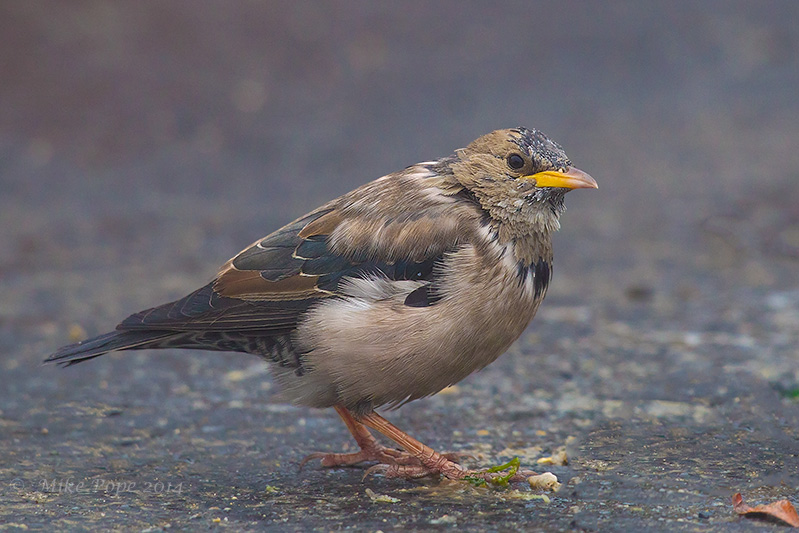I was back at Sea City in the south, spending most of the time on a boat exploring the various lagoons in this impressive development. It feels as if we are reaching the tail end of winter, mornings are still brisk, but by lunch the temps are up in the high teens.
At this time of the year, there is a lull between the winter visitors departing and the spring migrants arriving, so not much new to be seen - or so I thought.
The big numbers of large white-headed Gulls appear to have dwindled in the South, although there are still large flocks of the resident Slender-billed Gulls foraging and feeding in the lagoons. I have admitted before that Gulls are not my favourites (so if I have mis-ID's some of them do let me know), but when there is not much else about you have to check them out. I struggled with the camera today, couldn't get into the right position with the boat for the light and couldn't get close enough either, so was rather disappointed with the day's results.
I suspect this is a Heuglin's Gull
 |
| Possible Heuglin's Gull (Larus f. heuglini) |
 |
| Possible Steppe Gull (Larus f. barabensis) |
 |
| Possible Steppe Gull (Larus f. barabensis) |
 |
| Possible Steppe Gull (Larus f. barabensis) |
 |
| Unidentified Gull |
 |
| 1st winter Common Gull (Larus canus) and unidentified Gull in the background |
 |
| 1st winter Common Gull (Larus canus) |
 |
| 1st winter Common Gull (Larus canus) |
 |
| 1st winter Common Gull (Larus canus) |
 |
| Great Black-headed Gull (Larus ichthyaetus) |
 |
| Male Great Cormorant (Phalacrocorax carbo) |
 |
| Dark form Western Reef Heron (Egretta g. schistacea), my best pic of the day |
 |
| Pale form Western Reef Heron (Egretta g. schistacea) |
 |
| Little Egret (Egretta garzetta) |
 |
| Asian Desert Warbler (Sylvia nana) |
 |
| Isabelline Wheatear (Oenanthe isabellina) |
 |
| Yes, this is Kuwait |
 |
| Sanderling (Calidris alba) |
 |
| A splash of colour in the desert |


































